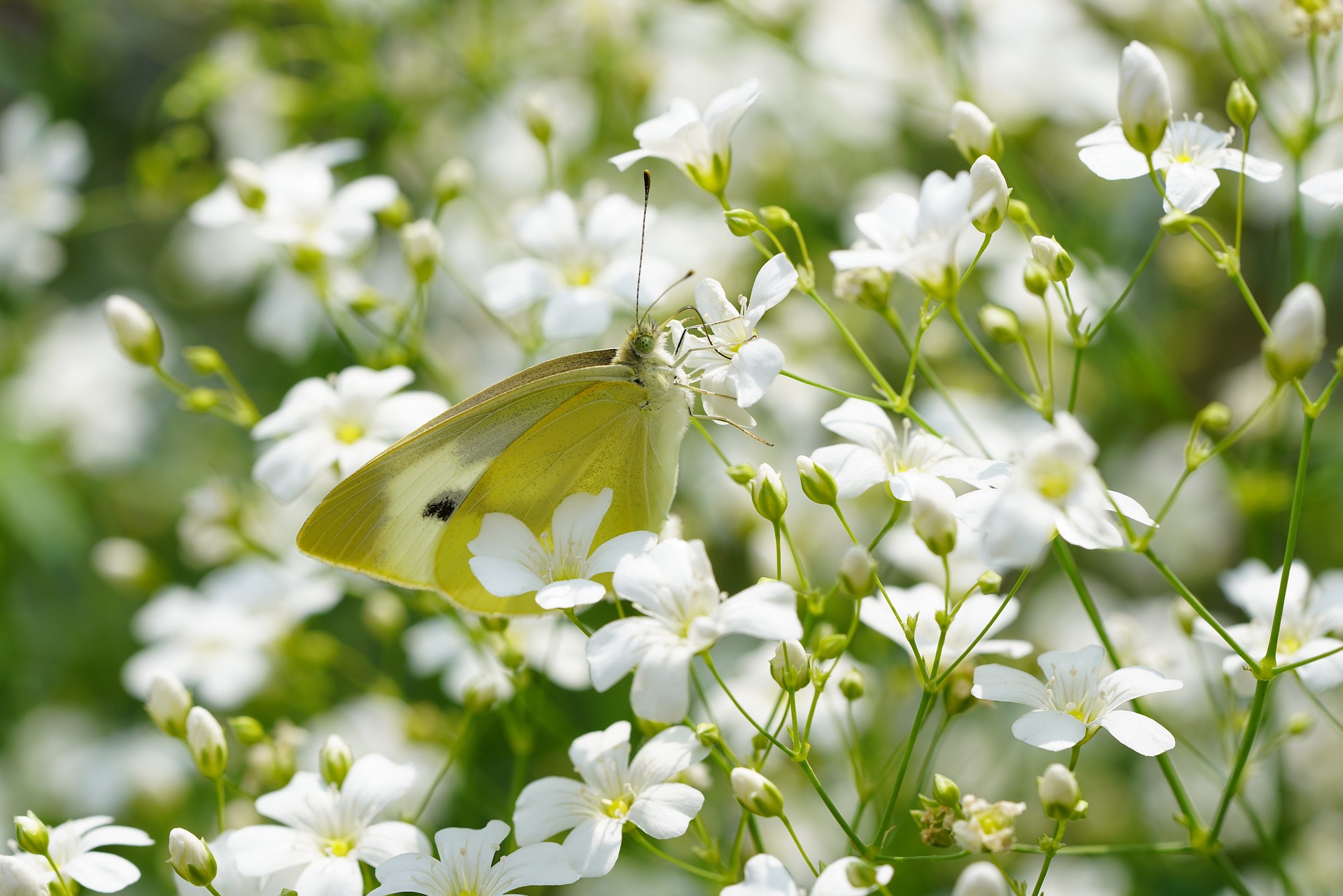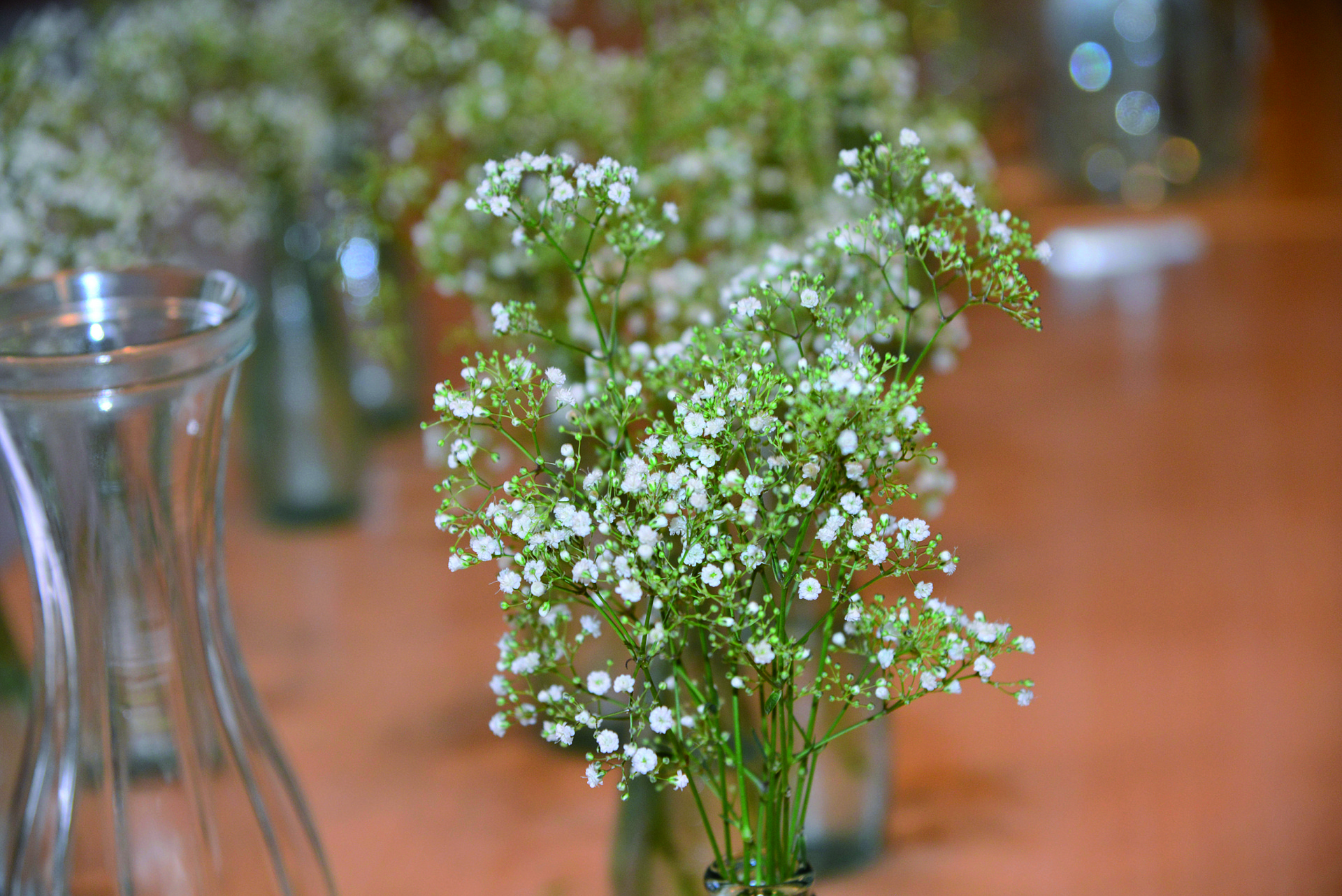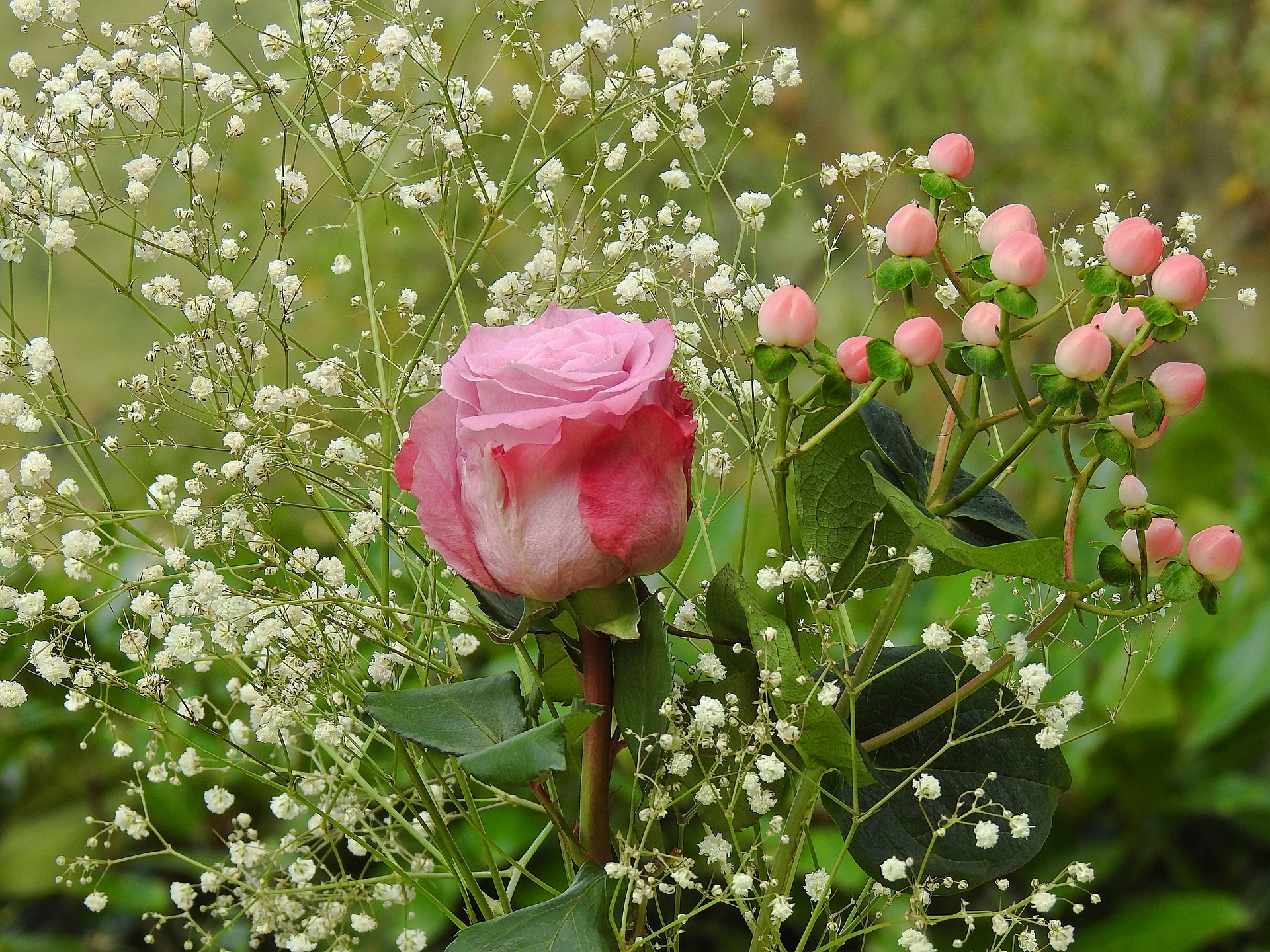Famous as that filler flower in bouquets, baby’s breath is coming into its own as a feature flower in perennial gardens. Its tiny white flowers bloom from summer through fall. Learn how to successfully plant, grow, and care for baby’s breath.
About Baby’s Breath
The baby’s breath flower we know belongs to the genus Gypsophila. You’re probably most familiar with the perennial form of baby’s breath which is a popular ‘behind-the-scenes’ filler in bouquets, often setting off more colorful, larger blooms such as roses. It’s a common Valentine’s Day and wedding flower as well and, fittingly, a symbol of everlasting love. See the Meaning of Flowers.
In flower gardens, the small delicate 5-petaled flowers and light green stems create an airy look that’s perfect for perennial beds, cottage gardens, and cutting gardens. It nicely hides die-back from spring bulbs and flowers. Plant in groupings. Cut it back after flowering to encourage more blooms. We think baby’s breath looks lovely in a vase all on its own in big billowy sprays.
While white is the most common color, baby’s breath comes in shades of pink, too! Blooming from late spring or summer through the fall, you can find baby’s breath in the wild in fields, roadsides, and open sandy areas. It’s drought-resistant and deer-resistant as well.
While they are dainty and beautiful, they are mildly toxic to pets and can be an irritant to humans, so don’t eat them or let Fido chew on them.
Also, check your state’s invasive plant list before growing baby’s breath. Gypsophila paniculata is considered an invasive species or a noxious weed in many Western states and other areas like the Great Lakes. In these areas, you may be able to grow annual varieties.












